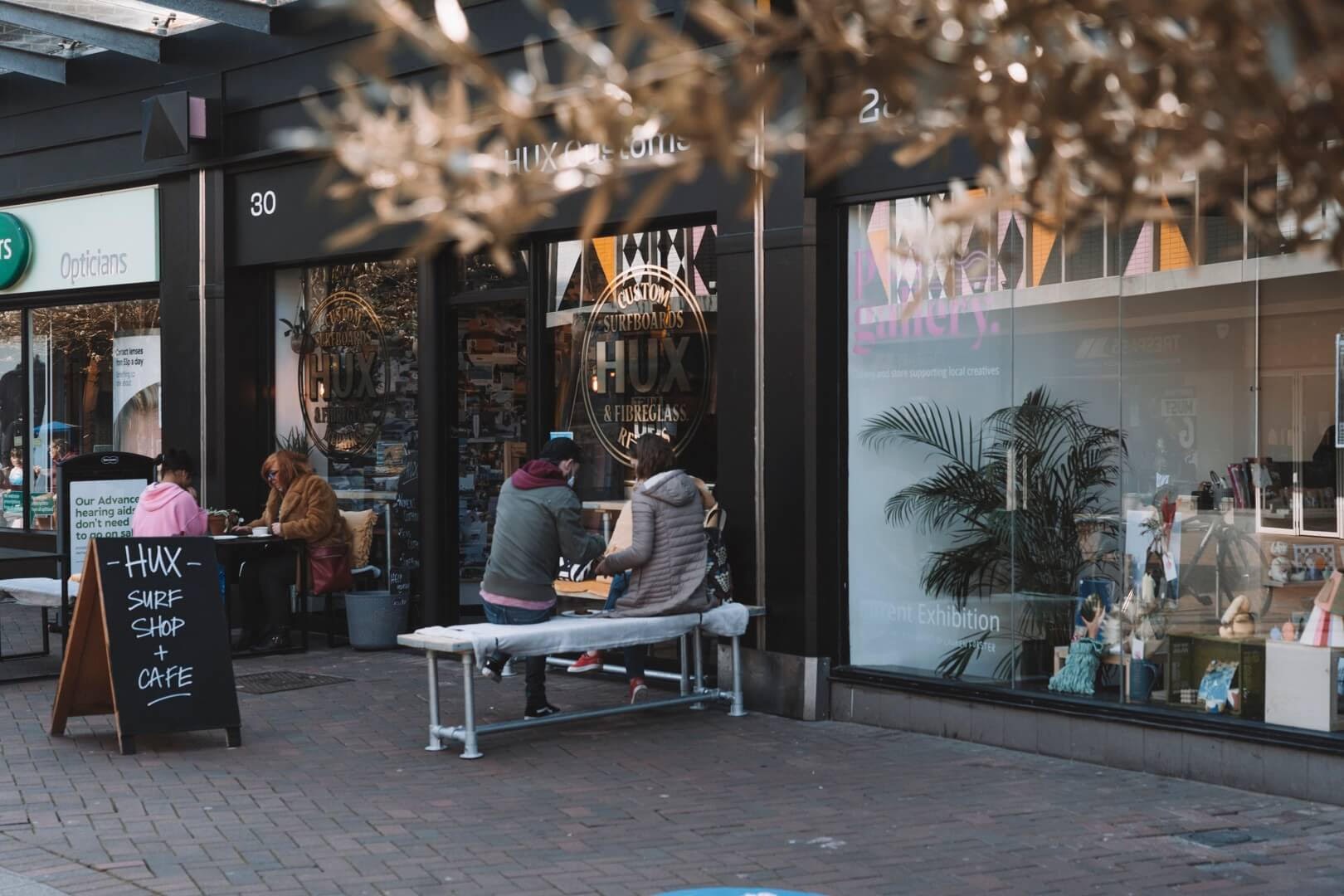According to the latest Legal & General’s Rebuilding Britain Index (RBI), only two-in-five people (42%) in the UK rate their local high street as good or very good. In fact, when factoring in the quality of local shops, cafes, eateries, banks, Post Offices and other amenities, London is the only region across the UK where more than half of residents (58%) were positive about their high street.
Recognising the need to move beyond a ‘one-size-fits-all’ approach, L&G is calling for a change in how we create relevant and resilient high streets – prioritising localised innovation, diversification, and regeneration – to level-up local economies.
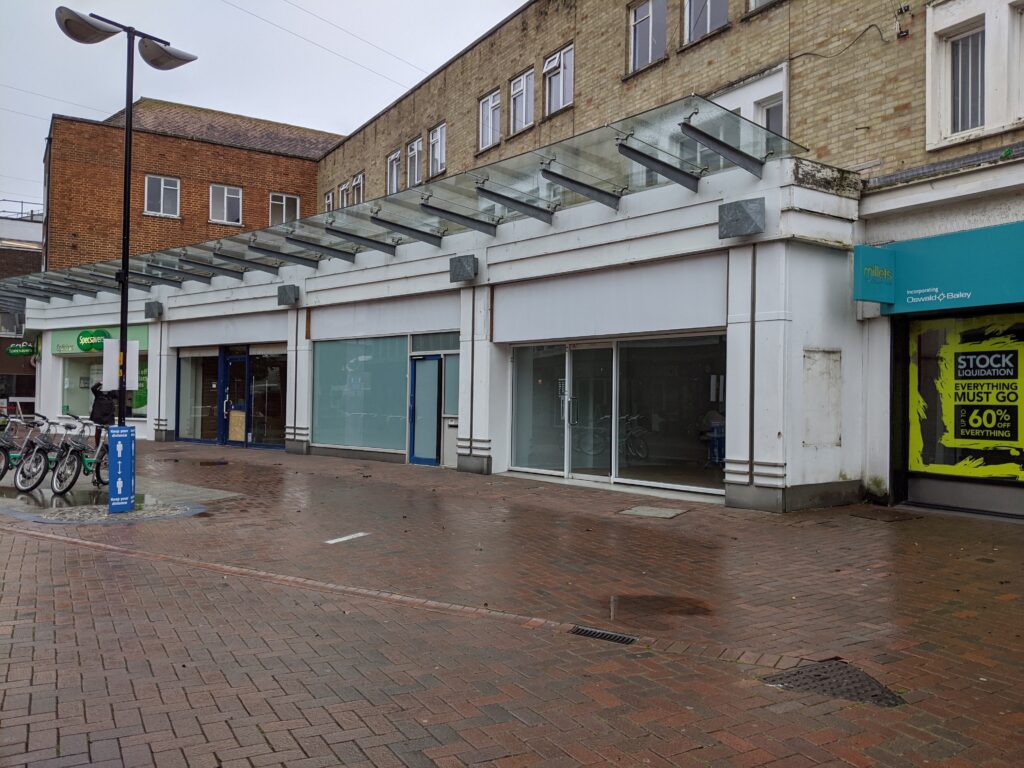
The region with the most negative perception of the high street is Wales, where only one-third (33%) rate their high street positively. This was followed closely behind by Scotland (34%) and the South West (37%). Conversely, 58% of households in London rate their local high street positively
The data shows that the UK’s left-behind communities are most in need of a revamp for their high street. Almost four-fifths of households (79%) achieving a High RBI score rate their local high street as good or very good. This falls to just 22% for those with a Low RBI score
Similarly, higher income households (HHI) (69% of those with a HHI of £100k+) are far more likely than low-income households (36% of those with a HHI of under £20k) to have a better opinion on their local high street
UK households still value a thriving high street, with 30% identifying investment into the local high street as a key government spending priority – the highest being from those in the lowest income households.
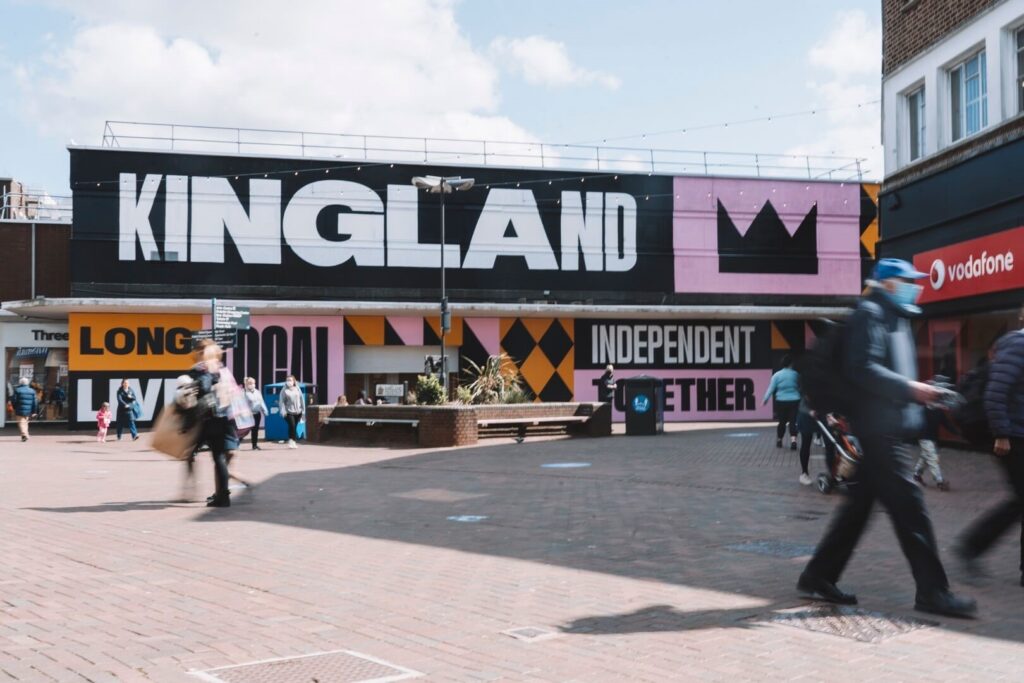
High streets of the future will need to think beyond retail – with households placing greater emphasis on services, food and drink and leisure facilities as ‘must-have’s’ rather than retail options.
The Legal & General RBI was established to measure the UK’s progress in levelling up on a quarterly basis, surveying 20,000 people and tracking social and economic progress across 52 measures, including Health and Social Care, Education, Housing, Jobs & Economic Prosperity, Environment, Energy, Transport and Digital. A High RBI is 80 and above, Medium is 61-80 and a Low RBI is anything below 60.
High street dissatisfaction reflective of wider disparities
The research underlines the malaise high streets up and down the UK are experiencing. Across the UK, only London has more than half of households feeing positive about their local high street (58%).
However, findings show how high streets in the UK’s left-behind communities fare significantly worse, with only 22% of households achieving a low RBI score rating their high street as good or very good, compared with 79% among those achieving a high overall RBI score. Similarly, only 36% of the UK’s lowest income households (under £20,000 per year household income) feel positively about their local high street, compared to 67% among those earning over £100,000 per annum.
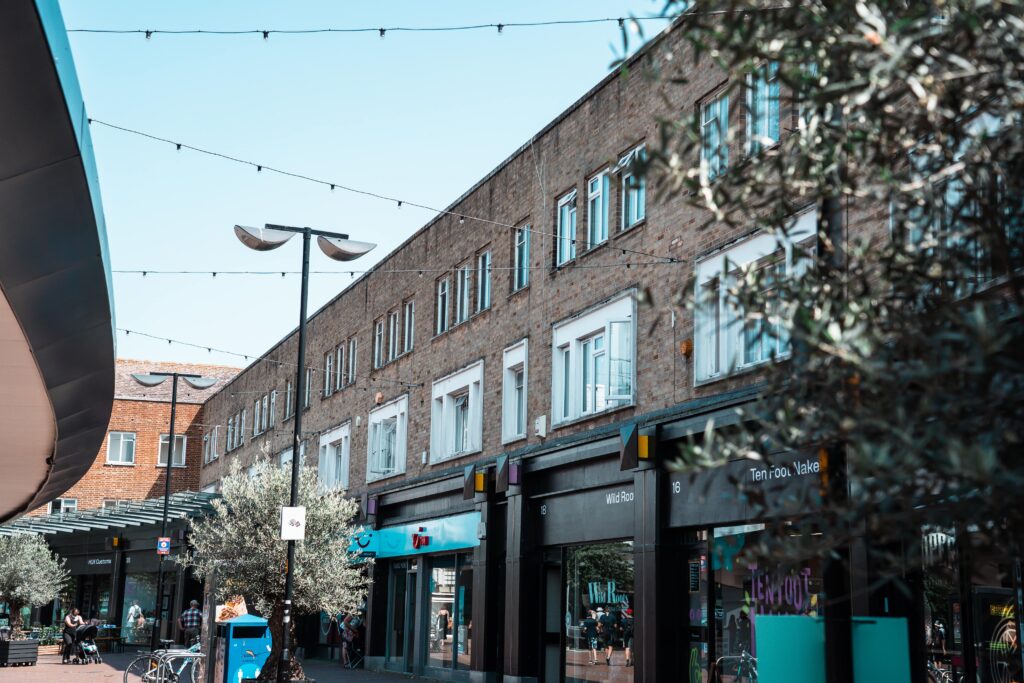
John Godfrey, Director of Levelling-Up at Legal & General, said: “The high street has a crucial role to play in how we level-up our towns and cities across the UK. Vibrant, healthy communities are the places where people want to live, work and play over the long term. We have long advocated for better and more targeted investment of patient capital in the high street as to accelerate regeneration, drive productivity and increase real wages. The best way to do this is through partnership; our work with local people, businesses and authorities has reinforced the power of partnerships in levelling-up local economies – this is key to ensure relevancy and resiliency, over the long term.
Government has undoubtedly recognised the need to re-think and reinvigorate our high streets, not least by allocating £830m to the Future High Street Funds – however we, the public and private sector, must place more focus on how this capital is being deployed; it must be done efficiently and strategically if we are to deliver the high streets of tomorrow.”
The world of retail has changed significantly over the past decade. Since 2000, e-commerce has grown from 0.2% of retail sales to 25% in February 2023. With this, the pandemic prompted a step-change in growth rates, with online sales increasing from 19.1% in Feb 2020 to 25.1% in Feb 2023 (ONS). Although a shift in consumer culture has been evidenced, it is also clear that around three quarters of retail spend still takes places within a store; the UK’s high streets and physical retail are, therefore, not dead – but must respond to an evolving consumer culture if they are to survive.
When considering retail leases, in 2002 10.5% were under five years in length; in 2021 this had increased to 25% (MSCI). The average lease length on the high street has shrunk from 10.7 years at the end of 2006 to 5 years at the end of 2022 (MSCI Quarterly Index, lease length including breaks)2 – and yet, between 2016 and 2020, the number of new retail businesses established in the UK increased by 29% (ONS) – highlighting the increasing challenge of businesses solely trading online due to the comparatively high barriers to entry of setting up a physical shop.
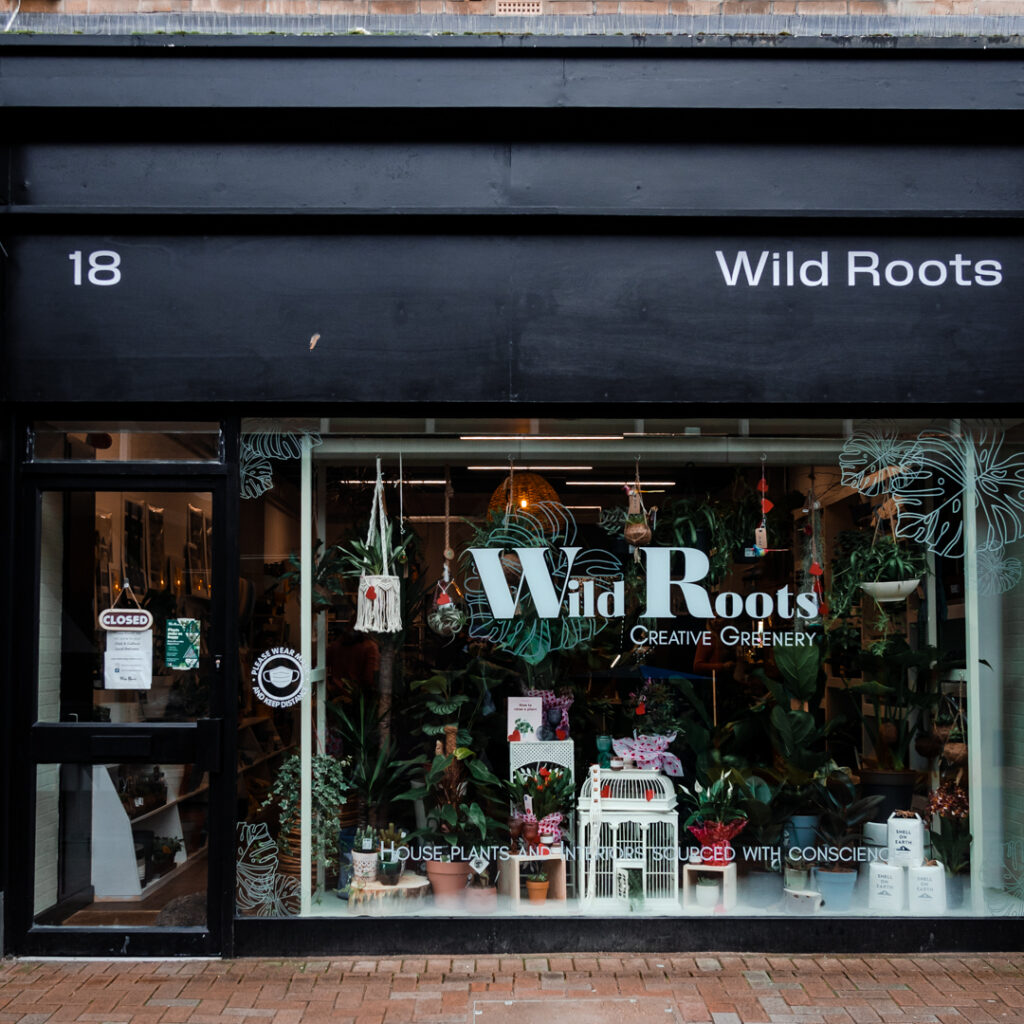
Households thinking beyond retail
The findings also demonstrate the cultural shift in the UK high street – with people no longer just prioritising the traditional and transactional retail only environment. Key public services, including health services and cultural and leisure facilities are now vital cornerstones of a thriving High Street.
The findings show that households are more like to view available services, such as postal or banking services (80%) and food and drink (80%) as having an important role in making their high street a thriving part of their local community. This was slightly higher than the 78% feeling that retail has an important role to play, while a further 57% place importance in leisure and tourism.
The Post Office (77%), banks (71%) and chemists (69%) are seen as staples – each considered as being a ‘must-have’ for a High Street to be prosperous. Retail options are far less likely to feature – with only 41% identifying fashion shops, 17% identifying nail salons and 11% identifying bookmakers.
Denz Ibrahim, Head of Retail and Futuring, added: “There has been a cultural shift in how consumers are interacting with ‘place’ – the traditional and transactional is no longer a priority, but rather the experience, functionality, productivity, and inclusivity of the high street. To respond to this shift, it is imperative that we move away from a ‘one-size-fits-all’ approach, to an intentional place-based approach. By taking a more flexible approach to leasing and property ownership, we can nurture local independents and SMEs, all whilst ensuring we’re creating agile, and therefore resilient, environments. By delivering diversified environments and revenue streams, such as the integration of key local service driven anchors – like healthcare, education and workspace – we can create meaningful high streets across the UK. This is ultimately the key to putting capital to its best use.”
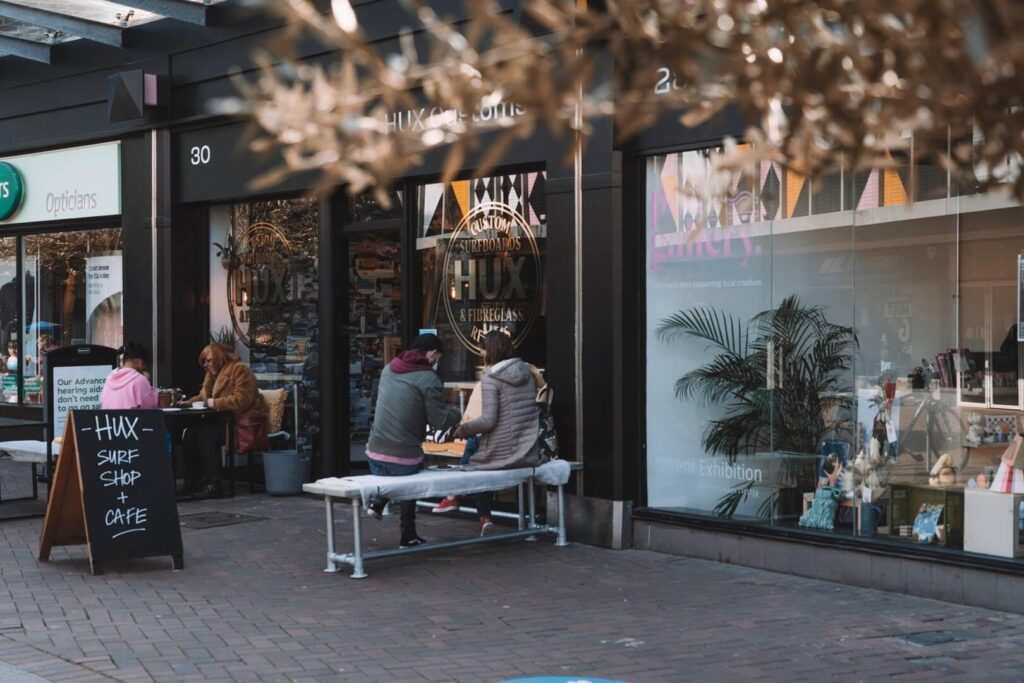
Legal & General has moved beyond the traditional ‘one-size-fits-all’ approach, to ensure its retail assets are both relevant and resilient; driving returns for investors, as well as positive outcomes for the communities in which they reside. At Poole in Dorset, Legal & General has forged strong partnerships with local stakeholders to ensure local want and need is met. As a result, several initiatives have launched – including an Adult Education Centre, in partnership with the local college; the UK’s first ‘Think Big’ clinic, a diagnostic hub, in partnership with University Hospitals Dorset and the NHS; as well as Foundry, a suburban co-working platform repurposing 20,000 ft at Brownsea House, the long-time vacant and former 1960’s Jobcentre, aiming to meet local need for high-quality working space and supporting the growth of regional business. Also in Poole, Legal & General launched Kingland – a curated high street aiming to re-inject vibrancy into the town centre, where ten local independents and SME’s received a shop-front with no rent or business rates for two years. Just one year into the initiative, 31 local jobs were created, and footfall was increased by 16% – contributing to £2.2 million in additional sales for operators at the neighbouring Dolphin Shopping Centre, also owned by L&G.



